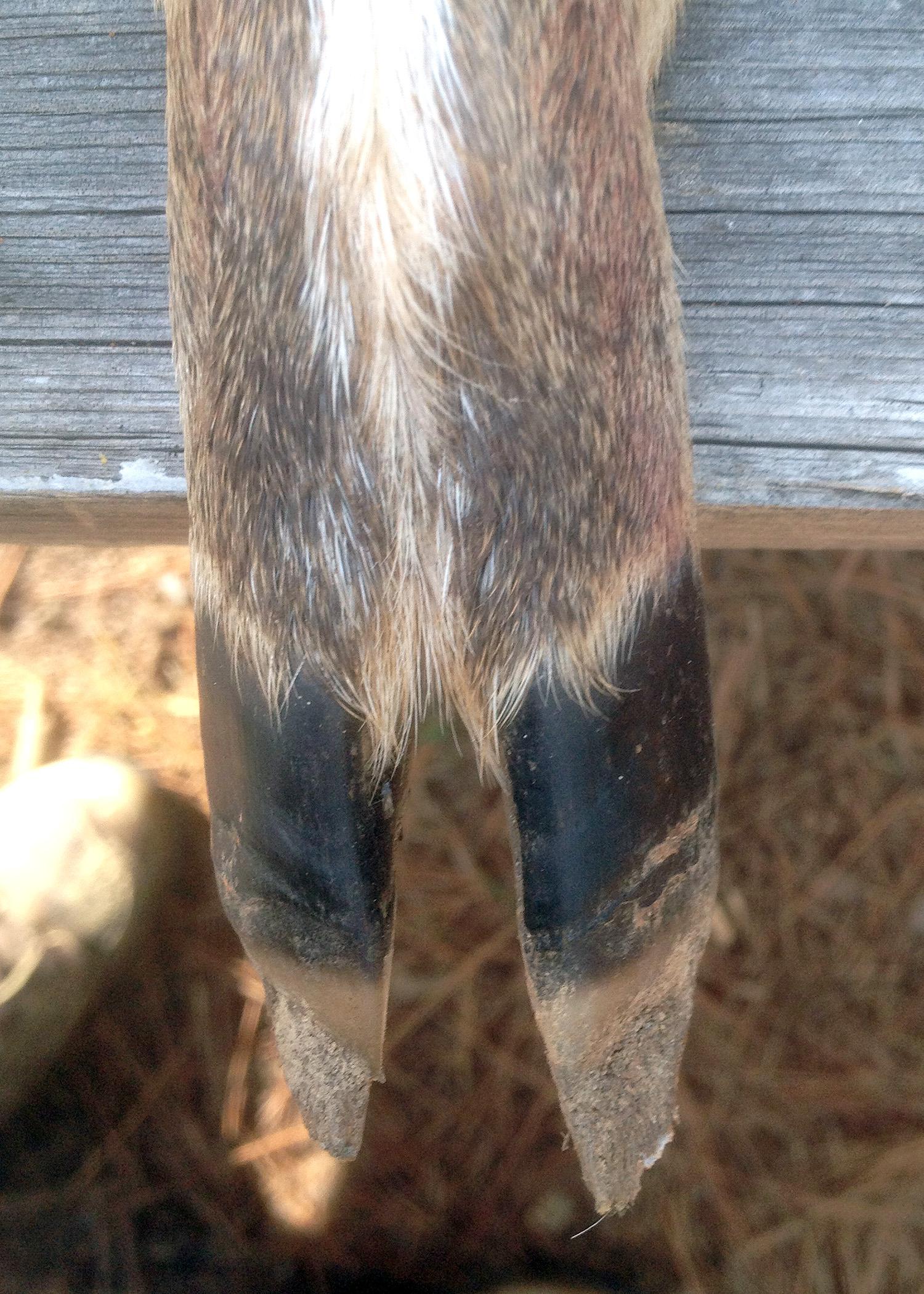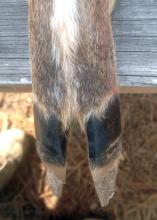Information Possibly Outdated
The information presented on this page was originally released on November 14, 2014. It may not be outdated, but please search our site for more current information. If you plan to quote or reference this information in a publication, please check with the Extension specialist or author before proceeding.
Common deer diseases are nothing to fear
As a wildlife specialist with the Mississippi State University Extension Service, I get many phone calls and emails from hunters during the hunting season asking, “What’s wrong with this deer?” The hunter then provides some details regarding what he is seeing on the deer. Together we can usually diagnose the problem.
Most of the questions can be answered by one of two common disease categories: hemorrhagic disease or cutaneous fibromas. This summary of these two common deer diseases should help you at the skinning shed this fall and put your mind at ease.
Hemorrhagic disease…
Hemorrhagic disease is caused by both the epizootic hemorrhagic disease virus (EHDV) and bluetongue virus (BTV). Determining if the hemorrhagic disease is the result of the EHDV or BTV is not possible in the field, since the physical symptoms look the same.
These viruses can kill up to 50 percent of a deer herd, but mortality rates are usually less than 15 percent. Some deer die within a few days of exposure, while some live for a few weeks before succumbing to the virus. Others are relatively unaffected.
Deer populations in the southern U.S. are confronted with these viruses much more frequently than their northern counterparts. As a result, they have developed some immunity. Deer populations in northern latitudes may encounter the disease only every five to 10 years, and thus suffer much higher mortality rates.
Deer that die from hemorrhagic disease are commonly found near creeks, rivers and ponds because the diseased animals experience very high temperatures and want to cool down their bodies. Deer that contract the virus, but don’t die from the disease, often show external signs in their hooves after a full recovery. Damaged, broken or cracked hooves are a sure sign a deer contracted hemorrhagic disease.
Many hunters report seeing abrasions on a deer’s front knees and chest. This is because the hooves are so tender and difficult to walk on that deer will actually push their body along the ground or try to walk on their knees.
This is a very common disease, and most hunters will see one of these animals at the skinning shed at some point. If you harvest a deer with these signs, the meat is perfectly fine to eat.
This disease will not decimate deer populations in an area. Most outbreaks are dampened by the onset of cold weather.
Cutaneous fibromas…
The other common disease in Mississippi deer is cutaneous fibromas. These are external warts commonly found on the skin of deer. I became aware of this condition at an early age because my very first deer had three fibromas on its shoulder.
Fibromas are a result of a virus spread by some biting insects. A fibroma may be very small -- about the size of a grape -- or as large as a softball. Most of the time there will be very few fibromas on a deer, but every once in a while the head or neck of the deer will be covered with them. Unless a deer has many large growths that affect how it sees, hears, walks or eats, the animal is in no harm.
Although fibromas may look grotesque, they are contained on the skin of the animal and do not affect the meat. They usually regress in six to eight weeks.
Hemorrhagic disease and cutaneous fibromas are just two of all the maladies that white-tailed deer encounter, but these are the ones you will most likely see.
For more information on common deer diseases, visit the MSU Deer Lab website, http://www.msudeer.com/diseases.asp.

Editor’s Note: Extension Outdoors is a column authored by several different experts in the Mississippi State University Extension Service.








